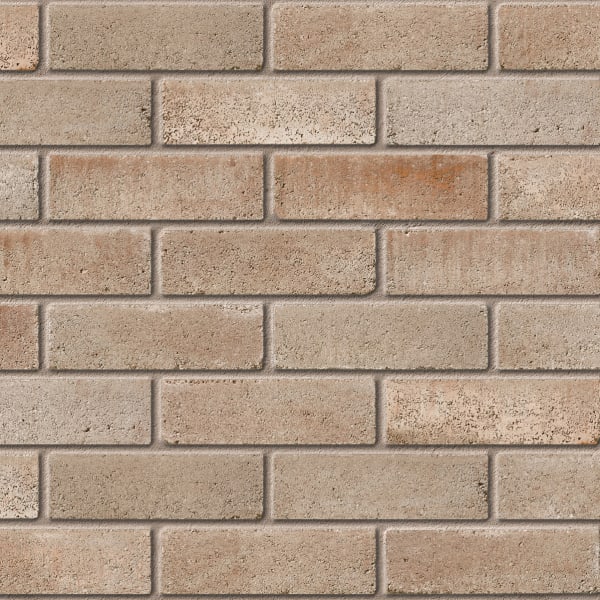Hi all
Pictures attached of a retaining wall that has failed in my garden.
I believe that lack of drainage has caused the failure. There is no drainage through the front of the wall or around the sides either. It seems to have failed above the first course of bricks, which themselves are held firmly by the paving.
It's 20m long.
I am planning to DIY replace it.
- When I take the old one apart, if I find the old footings to be in good condition, would you reuse them?
- I was planning on laying 80mm land drain pipe behind it, in 20mm gravel and wrap that in a permeable membrane. Due to the wall length, and the required fall along that length to get the water out either end, I was also going to install weep holes along the front, perhaps in the first above ground course. Maybe 15mm copper pipe perhaps. Any thoughts on that? Is it overkill to fit the land drain pipe in addition to weep holes?
- Is the wish bond design of the old wall a good plan? Even. Ring double skinned and with the header bond on alternate courses, it has still failed. Does it need piers, being 20m long?
- I wasn't intending on using a DPC, or even a DPM on the back of the wall, but googling I find mixed answers. Any thoughts?
- Finally, the wife is interested in timber solutions but I'm not keen...maybe less work, but we have on of those elsewhere in the garden which has also failed (both rotten and falling over - also without drainage).
Cheers & regards.


Pictures attached of a retaining wall that has failed in my garden.
I believe that lack of drainage has caused the failure. There is no drainage through the front of the wall or around the sides either. It seems to have failed above the first course of bricks, which themselves are held firmly by the paving.
It's 20m long.
I am planning to DIY replace it.
- When I take the old one apart, if I find the old footings to be in good condition, would you reuse them?
- I was planning on laying 80mm land drain pipe behind it, in 20mm gravel and wrap that in a permeable membrane. Due to the wall length, and the required fall along that length to get the water out either end, I was also going to install weep holes along the front, perhaps in the first above ground course. Maybe 15mm copper pipe perhaps. Any thoughts on that? Is it overkill to fit the land drain pipe in addition to weep holes?
- Is the wish bond design of the old wall a good plan? Even. Ring double skinned and with the header bond on alternate courses, it has still failed. Does it need piers, being 20m long?
- I wasn't intending on using a DPC, or even a DPM on the back of the wall, but googling I find mixed answers. Any thoughts?
- Finally, the wife is interested in timber solutions but I'm not keen...maybe less work, but we have on of those elsewhere in the garden which has also failed (both rotten and falling over - also without drainage).
Cheers & regards.


